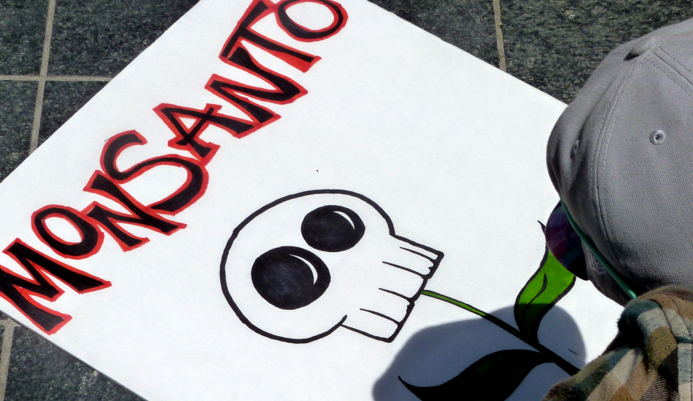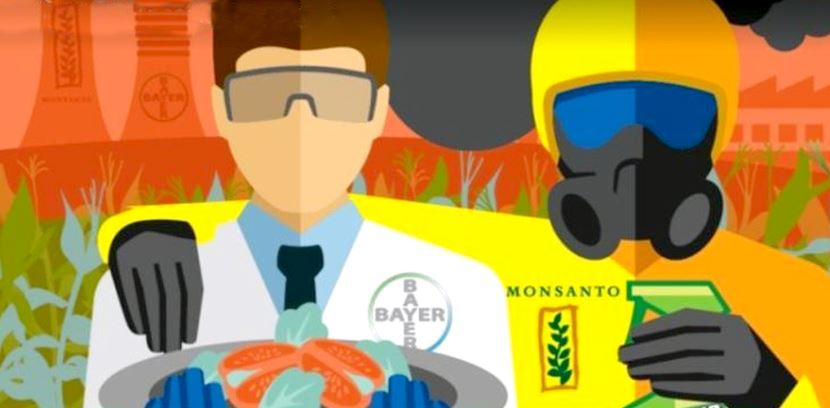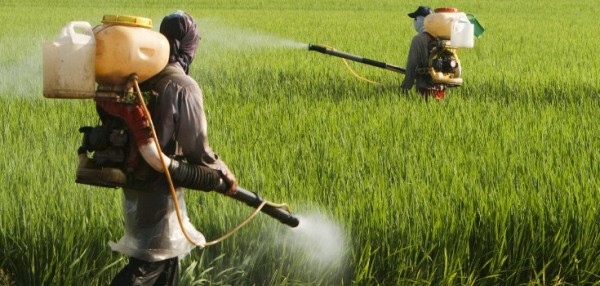Prothioconazole – toxicity, side effects, diseases and environmental impacts
11/14/2017 / By Janine Acero
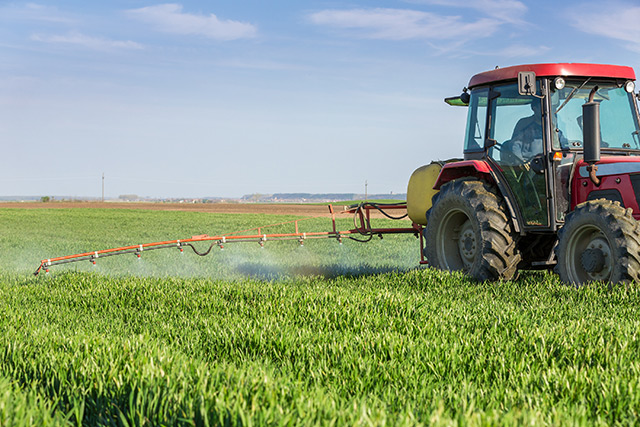
Prothioconazole is a broad spectrum systemic fungicide which makes it perfect for the control of a wide range of fungal and unrelated pathogens. It has curative, preventive and eradicative properties, and can be used as a seed treatment and foliar treatment for early leaf spot (Mycosphaerella arachidis), eyespot, Fusarium spp., powdery mildew, net blotch, phoma leaf spot, leaf blotch (Rhynchosporium secalis), blossom blight (Sclerotinia sclerotiorum), southern blight (Sclerotium rolfsii), Septoria tritici, Septoria nodorum, rust and tan spot.
Prothioconazole is applied to cereal grains such as barley, durum wheat, oats, oilseed rape or rapeseed (winter), rye (winter), and wheat. It has the molecular formula of C14H15Cl2N3OS.
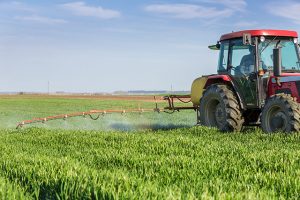
List of known side effects
The open chemistry database PubChem notes that prothioconazole is very toxic to aquatic life, but has low acute toxicity in humans by oral, dermal, and inhalation routes. However, animal studies showed some signs of prothioconazole targeting organs such as the liver, thymus, thyroid and kidney in high doses or exposures.
There is yet to be a specific review for the possible side effects of prothioconazole exposure, but the Toxicology Data Network website released a general evaluation of the effects of chemical contact, namely: irritation to the eyes and skin; respiratory tract discomfort that may develop into ARDS (acute respiratory distress syndrome) or acute lung injury; and burning sensations in the throat and esophagus and gastrointestinal tract discomfort after accidental ingestion.
Additionally, long-term exposure to chemicals may result in allergic hypersensitivity dermatitis or asthma with bronchospasm (wheezing).
Body systems affected by prothioconazole
According to the Bayer CropScience material safety data sheet, prothioconazole causes minimal irritation to the eyes and skin and is not a sensitizer, as evidenced in previous animal studies. However, chronic or long-term exposure may target the liver, kidney and urinary bladder.
Additionally, the data sheet notes that prothioconazole was not carcinogenic in lifetime studies in rats and mice.
Items that can contain prothioconazole
Prothioconazole is applied to cereals including barley, rye, wheat, oats to control the development of fungal pathogens including powdery mildew, yellow rust, brown rust and tan spot (to name a few).
How to avoid prothioconazole
Mixers, handlers, and applicators of prothioconazole are the ones most prone to contact and exposure to its fumes. A safety data sheet by Santa Cruz Biotechnology, Inc. notes that safety glasses or tightly sealed goggles should be worn in the workplace, plus chemical-resistant gloves and protective coveralls. In case of inhalation, respirators must be provided “in accordance with current local regulations.”
Where to learn more
Summary
Prothioconazole is a broad spectrum systemic fungicide with curative, preventive and eradicative properties. It is applied to cereals including barley, rye, wheat, and oats. It can be used to control a wide range of fungal and unrelated pathogens.
Prothioconazole is used as a seed treatment and foliar treatment to prevent the development of early leaf spot, eyespot, powdery mildew, net blotch, phoma leaf spot, leaf blotch, blossom blight, southern blight, yellow rust, brown rust and tan spot.
Prothioconazole is deemed very toxic to aquatic life, but has low toxicity in humans.
Prothioconazole is also not carcinogenic based on animal studies, but long-term high levels of exposure may affect organs such as the liver, thymus, thyroid and kidney.
Prothioconazole causes slight irritation to the eyes and skin.
Sources include:
Tagged Under: Prothioconazole



